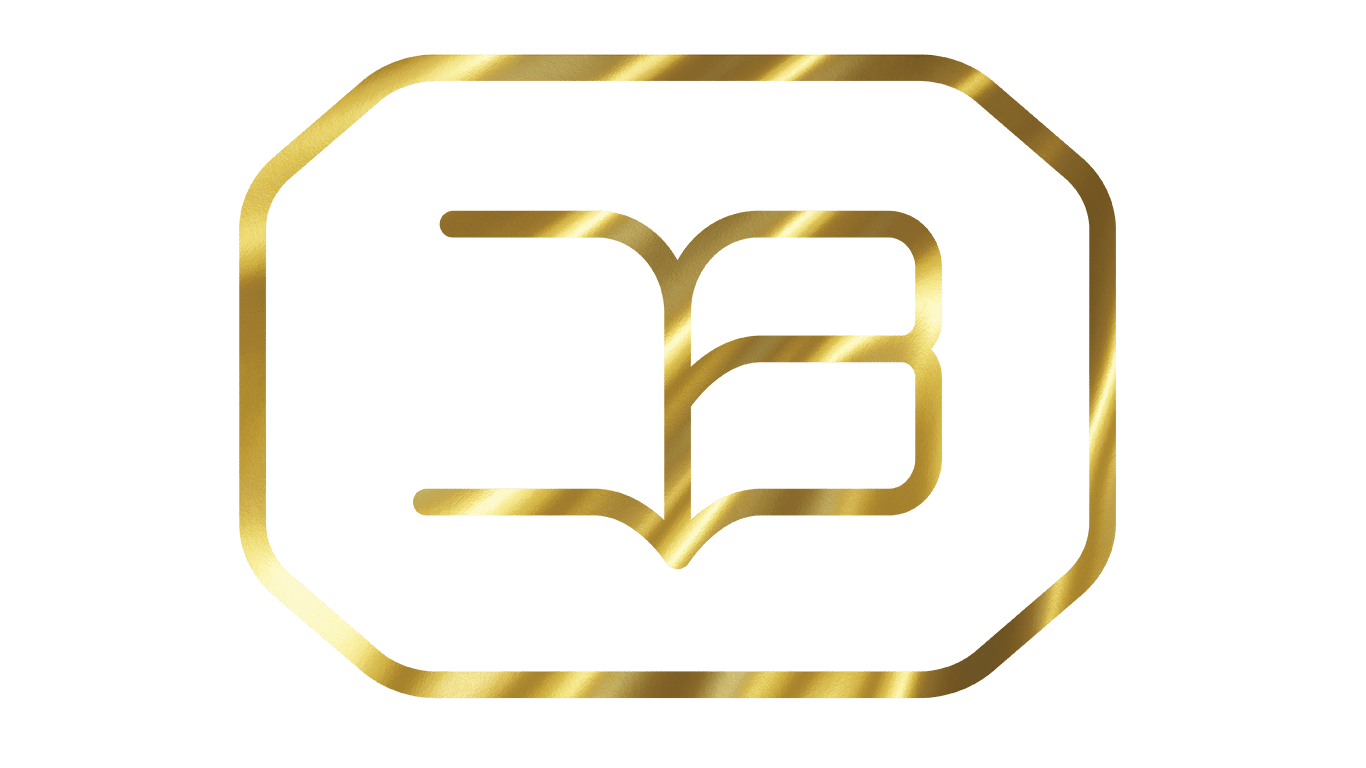צרו איתנו קשר!
חצוצרות התקשורת
הבנת השפעת המדיומים על עידן המידע
The Media Trumpets
understanding the influence of mediums on the information age
About The Course
על הקורס
תקשורת ההמונים היא תהליך תקשורתי הפונה לקהל יעד רחב והטרוגני, אנונימי ומפוזר. אופייה הייחודי של תקשורת ההמונים הוא מיידיות, פומביות וקצר-טווח. תחת הגדרה זו נכללים אמצעי תקשורת שונים כגון עיתונות, רדיו, טלוויזיה, קולנוע, מוזיקה פופולרית, משחקי וידאו וספרות רחבת-תפוצה.
תקשורת ההמונים מופנית לקהל גדול ומגוון, ומהווה סוכן חברות מרכזי המשפיע באופן מכריע על עיצוב דעת הקהל ועל תפיסת המציאות בקרב הציבור הרחב. בחקר התחום, מתוארת דרך התקשורת כחד-כיוונית – מהמוען (משדר המסר) אל הנמען, אשר הוא פסיבי וקולט את המסר ללא יכולת להשפיע על תהליך העברתו.
במסגרת לימודי הקורס, נכיר מגוון מודלים לתיאור התקשורת, כגון: מודלים לינאריים, מעגליים, סמיוטיים וכן את הגישה המבנית-תפקודית. העיסוק האקדמי בתקשורת ההמונים החל להתפתח כבר בשנות ה-30 של המאה ה-20, ככל שאמצעי תקשורת חדשים כגון הרדיו והקולנוע צברו תאוצה והשפעה גוברת. חוקרי התקשורת הקלאסיים התמקדו בהיבטים הסוציולוגיים, פסיכולוגיים ותרבותיים של התקשורת על החברה.
דמות מרכזית בתחום במאה ה-20 הייתה מרשל מקלוהן, שטבע את המונח "הכפר הגלובלי" לתיאור עולמנו בעידן התקשורת האלקטרונית. רעיון מפורסם נוסף של מקלוהן הוא "המדיום הוא המסר" – קרי, השינויים בחברה נגזרים משינויים במדיום התקשורתי עצמו, שהוא הגורם הדומיננטי וקובע את אופייה של החברה יותר מאשר תוכן המסר.
הקורס יקנה כלים ומושגים בסיסיים בחקר התקשורת, שישמשו בסיס רחב להבנת מדיומים שונים ועמוקה של זירת התקשורת המודרנית. המטרה היא להעמיק בהבנת מושגי היסוד, להכיר תחומים וסוגיות מרכזיות ולפתח יכולת לזהות את השחקנים הפועלים בזירה התקשורתית.
* הקורס יותאם לרמת כל שכבת גיל.
Mass communication is a communicative process that addresses a broad, heterogeneous, anonymous, and dispersed target audience. The unique characteristics of mass communication are immediacy, publicity, and short-term impact. This definition encompasses various media such as press, radio, television, cinema, popular music, video games, and widely distributed literature.
Mass communication is directed at a large and diverse audience, serving as a central socialization agent that significantly influences the shaping of public opinion and the perception of reality among the general public. In the field's research, the communication process is described as unidirectional – from the sender (message transmitter) to the receiver, who is passive and absorbs the message without the ability to influence its transmission process.
Throughout the course, we will explore various models describing communication, such as linear, circular, and semiotic models, as well as the structural-functional approach. Academic engagement with mass communication began to develop in the 1930s, as new media such as radio and cinema gained momentum and increasing influence. Classical communication researchers focused on the sociological, psychological, and cultural aspects of communication's impact on society.
A central figure in the field during the 20th century was Marshall McLuhan, who coined the term "global village" to describe our world in the era of electronic communication. Another famous concept by McLuhan is "the medium is the message" – meaning that changes in society are derived from changes in the communication medium itself, which is the dominant factor determining the nature of society more than the content of the message.
The course will provide basic tools and concepts in communication research, which will serve as a broad foundation for understanding various media and a deep comprehension of the modern communication arena. The goal is to deepen the understanding of fundamental concepts, familiarize students with central areas and issues, and develop the ability to identify the actors operating in the communication field.
* The course material will be tailored to the age of the learners.







